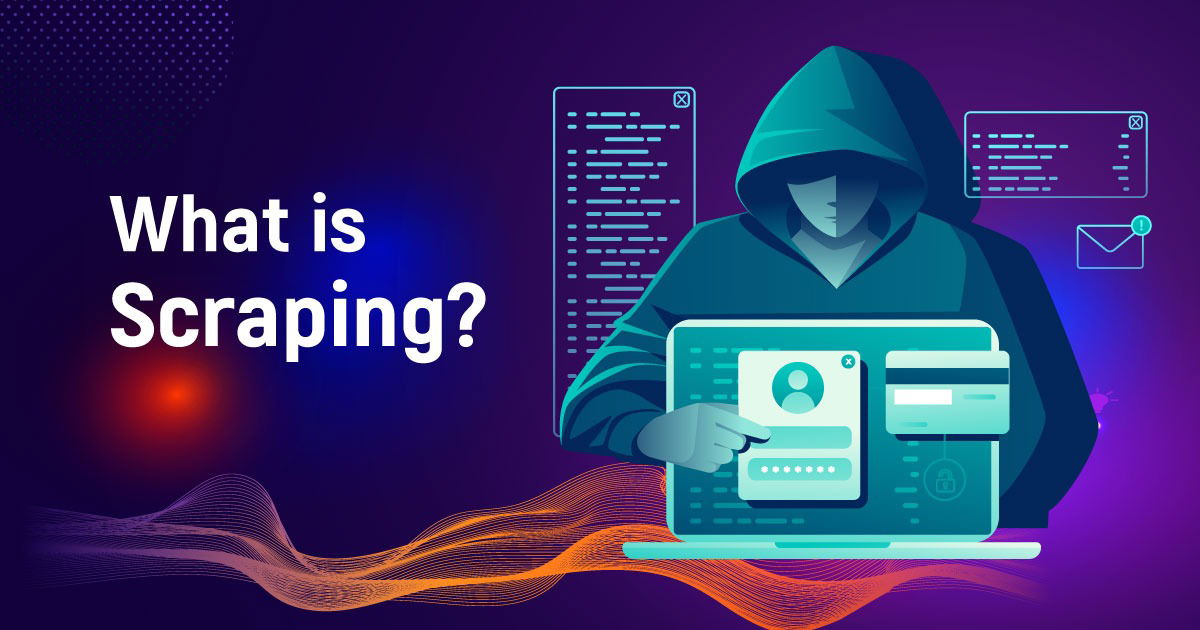Scraping is a common OWASP-identified automated threat, used by attackers to automate the collection of data from websites. It involves using automated tools to extract information from web pages, which can be used for a variety of purposes, such as stealing user data, analyzing website structure, or creating fake accounts. In this post, we will take a closer look at scraping attacks, including the methods used by attackers, the impact on victims, and the steps that businesses can take to protect themselves.
Methods Used by Attackers
There are several methods that attackers can use to launch a scraping attack, including:
Automated Tools:
Attackers can use automated tools, such as web crawlers or data mining software, to collect data from websites in a fast and efficient manner.
Proxies:
Attackers can use proxies to hide their IP addresses, making it more difficult for websites to detect scraping activity.
Headless Browsers:
These are browsers that do not have a graphical user interface, allowing attackers to run automated scripts that can interact with web pages in a way that mimics human behavior.
Impact of these Attacks
Scraping attacks can have a significant impact on victims, including:
Data Theft:
Attackers can steal sensitive user data, such as login credentials, personal information, or payment card details, which can be used for identity theft or financial fraud.
Website Downtime:
Scraping attacks can cause website downtime, which can lead to lost revenue, decreased user trust, and damage to brand reputation.
Intellectual Property Theft:
Attackers can use scraped data to steal intellectual property, such as product descriptions, pricing information, or proprietary business data.
Methods to protect against such Attacks

Businesses can take several steps to protect themselves against scraping attacks, including:
Implementing Anti-Scraping Technologies:
This can include tools like CAPTCHAs, rate limiting, and IP blocking to detect and block scraping activity.
Implementing files to restrict web access:
There are files that can be used to tell web crawlers which pages on a website are allowed to be accessed and which are off-limits.
Monitoring for Unusual Activity:
Businesses can monitor website traffic for unusual patterns or spikes in activity that may indicate a scraping attack is in progress.
Educating Users:
Educating users on the risks of sharing sensitive data online and the importance of using strong passwords and multi-factor authentication can help prevent data theft.
Conclusion
Scraping attacks are a serious threat to businesses, with the potential to cause significant damage to user data, website uptime, and brand reputation. By understanding the methods used by attackers and implementing appropriate security measures, businesses can help protect themselves from these attacks. Implementing anti-scraping technologies, implementing files to restrict web access, monitoring for unusual activity, and educating users are all critical steps for businesses to take to protect themselves from scraping attacks.








